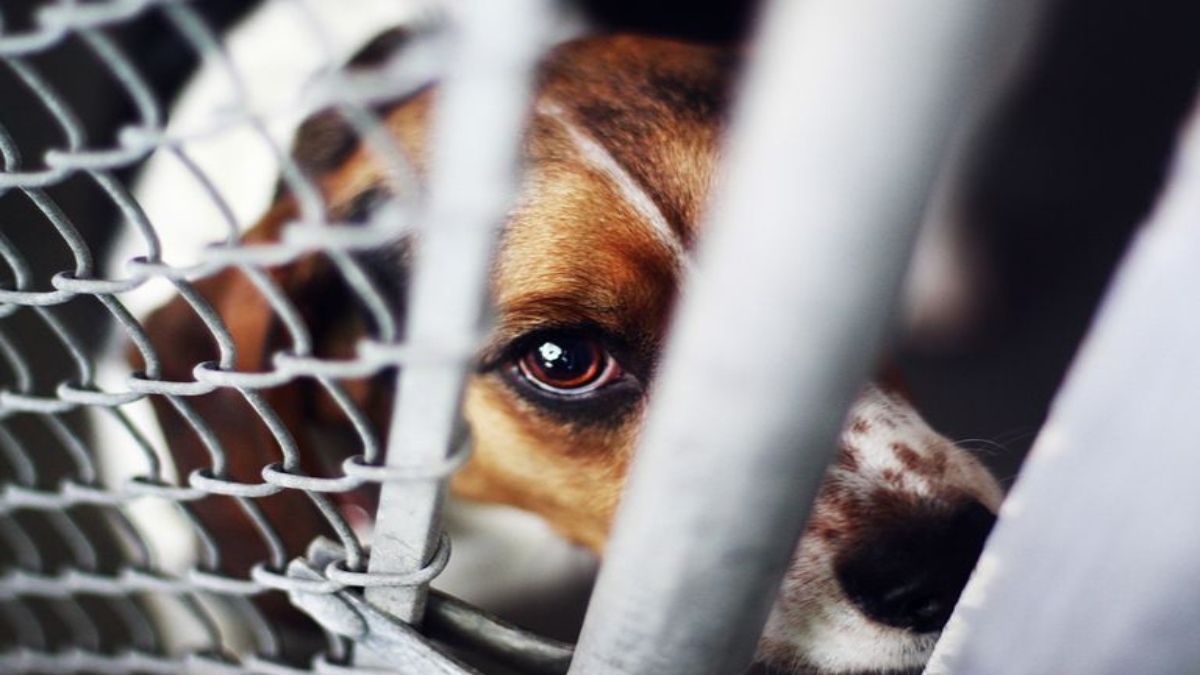“Unseen they suffer,
Unheard they cry,
In agony, they linger,
In loneliness, they die.”
These words made above epitomize the anguish, the misery that an enormous number of animals conceived due to individuals every single day. “The immensity of a nation is chosen by the way in which it treats its animals”, — said Mahatma Gandhi once as he was going India through the country’s war for an opportunity from the common pros. A long time before animal activism progressed as an overall activity and animal laws were authorized in India in their current structure, there are pointers that India as a nation has regarded nature, its generally shifted vegetation. The earliest goals of protecting return to as first as third century B.C when Emperor Ashoka had denied executing and pursuing all animals in his locale.
Nevertheless, in the present energetic world, no respect is paid to key morals and ethos and in a pointless lifestyle to secure extra and torment free pay; animals fill in as the prey. They are mishandled since they hush up onlookers and can’t talk all the more uproariously against these brutalities.
To end animal mercilessness, the Central association has set up different laws, the most praiseworthy being “The Prevention of Cruelty Animals Act, 1960”. Other than that, there is the “Wildlife Protection Act, 1972” as well, which was found out for the defending of various plants and animal species.
COURSE OF ACTION
Wildlife Protection Act, 1972
Under the past exhibition, police have all powers to catch a blameworthy gathering who is viewed as related to criminal conduct or even drew in with fierceness against animals. The law in like manner gives a game plan wherein a private individual under the game plans of Section 43 of CrPC. can keep or cause to hold such individuals related with any such action. Under the ensuing show, which is the Wildlife Protection Act, 1972, Section 50 supports the Director, or the Chief Wildlife Warden or any authority affirmed by them or any woods official or any officer not underneath the situation of sub-agent to catch any person without warrant and keep him, yet the pre-fundamental is that the authority should have reasonable grounds and have the inspiration to acknowledge that the concerned individual submitted such an exhibition. Section 51(1) of the Wildlife Protection Act, 1972 states that any person who denies any course of action of the Act or any norm or solicitation made thereunder will be subject of offences against this Act and will, on conviction, be at fault with confinement for quite a while or fine which may connect with twenty-five thousands or with both.
Prevention of cruelty to animals, 1960
Section 11 (a) to (o) has recorded different sorts of callousness to the animals. It prohibits any person from administering, causing, or in case it is the owner, permitting, pointless desolation or suffering to be executed on any animals. The law cautiously blocks aggrieving animals and has moreover set down how an animal could be abused or mauled, for example, beating, kicking, supplanting or tormenting by which it suffers torment absurdly, or keeping an animal moored for a silly period and all of; these shows would achieve discipline including a fine going between Rs 10 and 50 and for a subsequent offence, a fine between Rs 25 and 100 or confinement for a fourth of a year
Indian Penal Code
Section 428 of the India Penal Code states – “Deviousness by executing or ruining animal of the estimation of ten rupees.— Whoever submits deception by killing, hurting, hurting or rendering pointless any animal or animals of the cost of ten rupees or upwards, will be repelled with confinement for either a term which may loosen up to two years or with fine or with both. In any case, under Section 429, the estimation of the animal is fifty or above.
Constitution of India
Article 21 of the Constitution of India is the spirit among all the essential rights and is remarkably enormous. Thusly, thinking about, dealing with, or offering refuge to an animal is a characteristic and basic right of an individual.
Article 19 of the Constitution of India deals with the benefit of a chance of opportunity. It ensures the benefit to control of every inhabitant, and if the individual is dealing with animals as his occupation, by then no one can stop them since it is his essential legitimate right.
Article 48 of the Constitution of India offers shields to the protection of animals. It deals with the precluding from claiming bovine butcher, calves, or some other milk-producing animals.
The Real State of Affairs of Animals
The liable gatherings get off with callousness as the disciplines gave under the Prevention of Cruelty to Animals Act are insufficient, and in this manner, people don’t recoil from making any harm to animals. The number of exceptional ranges between Rs 10 and 50 won’t control any seriousness towards animals.
Every once in a while, a large number of animals are hurt and executed in extreme and unforgiving tests that push to assess the unsafe impacts of client items and their portions. To evaluate savage impacts, a couple of animals like mice, guinea pigs, bunnies, and various animals are compelled to breathe in gigantic proportions of a test substance. Significantly after it has been set up that tests on animals can’t anticipate the consequences of human skin and body and the openness of testing systems without the usage of animals, there is a consistency of such merciless intrigue.
There is a genuine need to modify the Animal Birth Control (Dogs) Rules ordered in 2001 as under these laws animal relationship after the finishing of animal contraception clinical techniques, which is purifying and vaccinating them don’t give a particular medication and discharge them in the locale from where they were assembled leaving them powerless.
India is the third-greatest producer of eggs, and around 70% of eggs begin from neighbourhood poultry farms. Section 11 (e) precisely discusses the area which an animal should get, yet the pens are extremely stuffed, and it doesn’t allow the benefit to the development of animals, thusly invalidating the showing.
CONCLUSION
The lawful official has a critical assignment to do. The controls require to be stricter. There is a prerequisite for animal bodies and relationship to collaborate and improve the pitiable condition of animals. The State Animal Welfare board can work with an NGO without the block of the state. Little changes in the structure can lead us to an overall population freed from any animal brutality.























